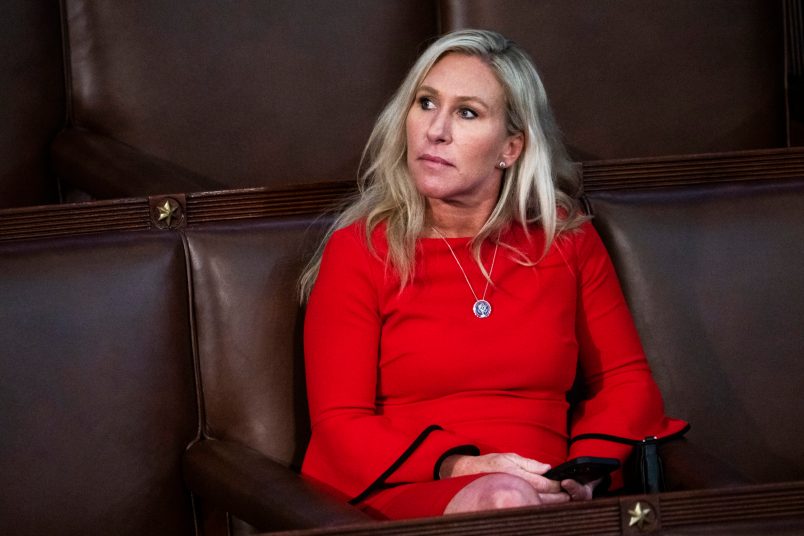I had conversations with a few friends yesterday. And what came out of those discussions was that even among pretty knowledgeable people there’s still very basic confusion about what bank ‘nationalization’ even means. My point is not that there’s one thing true definition and others are misinformed. But the collective ‘we’ is talking about this; but what’s clear is that the conversation is muddled by different people meaning different things by the same word.
So, for what it’s worth, what I think we’re talking about, what I’ve been talking about when I’ve been blogging on this topic is basically a super-powered version of what the FDIC does when it seizes a failed bank.
The bank is taken over and treated as bankrupt. The federal government takes over the bank, cleans it up and then runs it for a while, before selling it back to private investors. It doesn’t involve all banks — only ones that are judged insolvent — and it’s not permanent. It would be longer than would normally be the case with a small bank that gets taken over by the FDIC because a) banks like Citi would probably be much more complicated to unravel, b) there is no big healthy bank that you can have take over, say, Citigroup over, and c) the economic situation is so bad that it’s probably going to take a while to find investors who are prepared to take the bank or its successor banks into private hands. This is why ‘receivership’ is really a better term for what we’re talking about.
Now, how long is “a while” under federal management? I’ve heard 2 to 5 years. How much do the bondholders, as opposed to the shareholders (who presumably lose everything), lose? That’s not completely clear to me, but a very big question.
The key point is that the entire exercise is focused on getting healthy, privately-managed and owned banks back into private hands as soon as possible, though not sooner.
Now, this is what I understand this to mean. But I strongly recommend reading Paul Krugman’s take on what we’re talking about from the 22nd. Also see Matthew Richardson’s and Nouriel Roubini’s column from the Post on February 15th. They both have the added benefit of really knowing what they’re talking about.
So, to some up, what we’re talking about is very much a private sector, perhaps the ultimate market based response to the problem. The choice is between keeping a series of de facto insolvent banks on long-term life support, subsidizing them with vast amounts of tax payer money and involving the government in various aspects of their management or biting the bullet, take them over for a while and reprivatize them as totally private banks. Like I said, it’s really no different from what the FDIC does to a couple banks every week this year.
The really outstanding questions that come up when I discuss this with people are basically two. First, how much do the bondholders and counter-parties of the bankrupt banks take a hit? This is one essential question since it’s really a zero sum between how much they lose versus how much tax payers pay. Second, during the period of government receivership, are the banks run in such a way as to bring their management priorities into line with government policies? In other words, are they run in such a way as to minimize foreclosures for policy reasons? Or are they just run entirely on profit-maximizing goals? Perhaps a more granular question is whether the incentives are still in place which lead to excessive risk-taking.
This comes up in our interview with Joe Stiglitz at about 6:00 in. As he says “We would align the interests of the majority owner, which would almost surely be we, the taxpayer, and … what the bank does. We would reduce the scope for the conflict of interest …”
What that means exactly — about an alignment of interests — seems like a very big deal.








